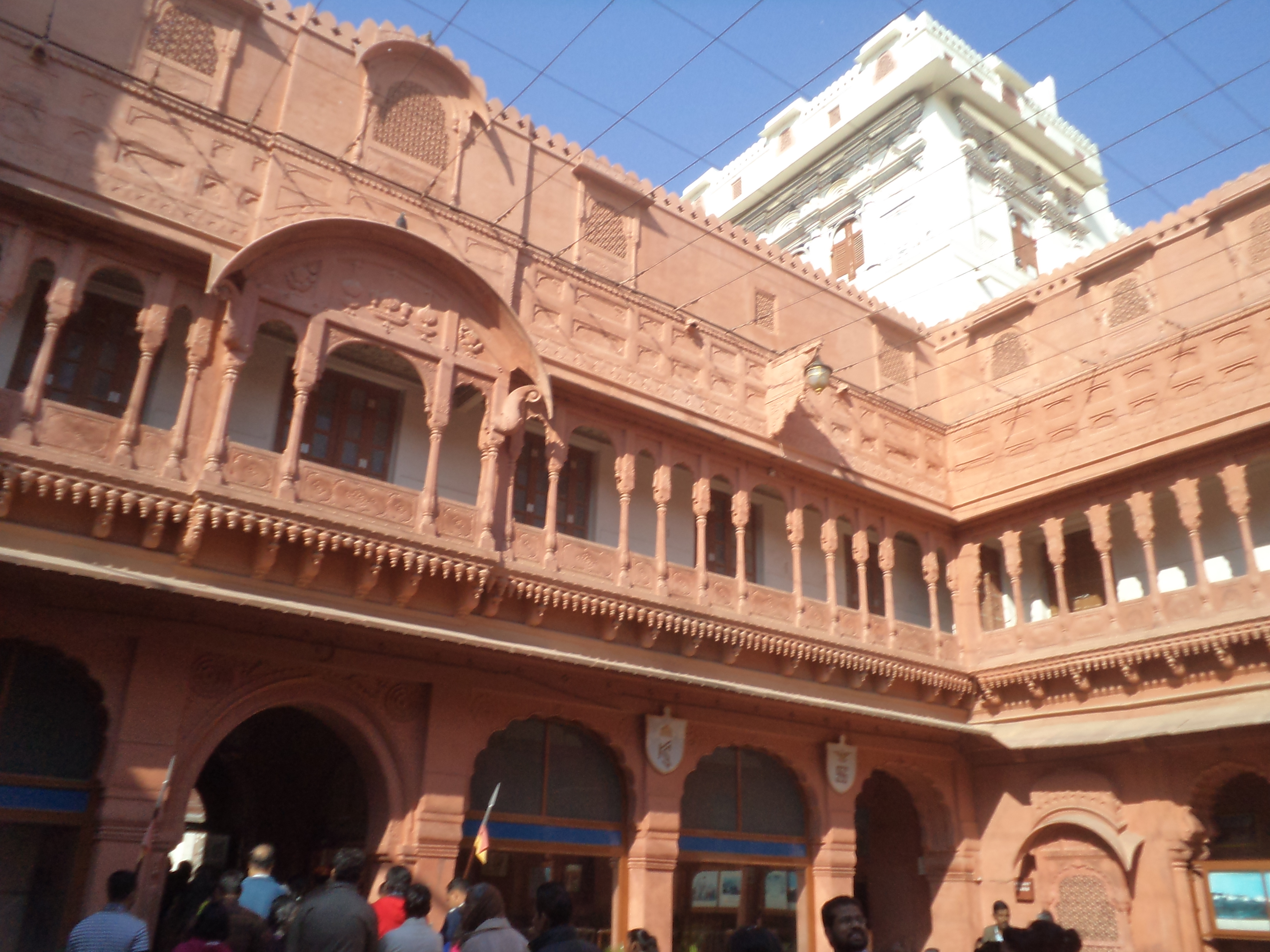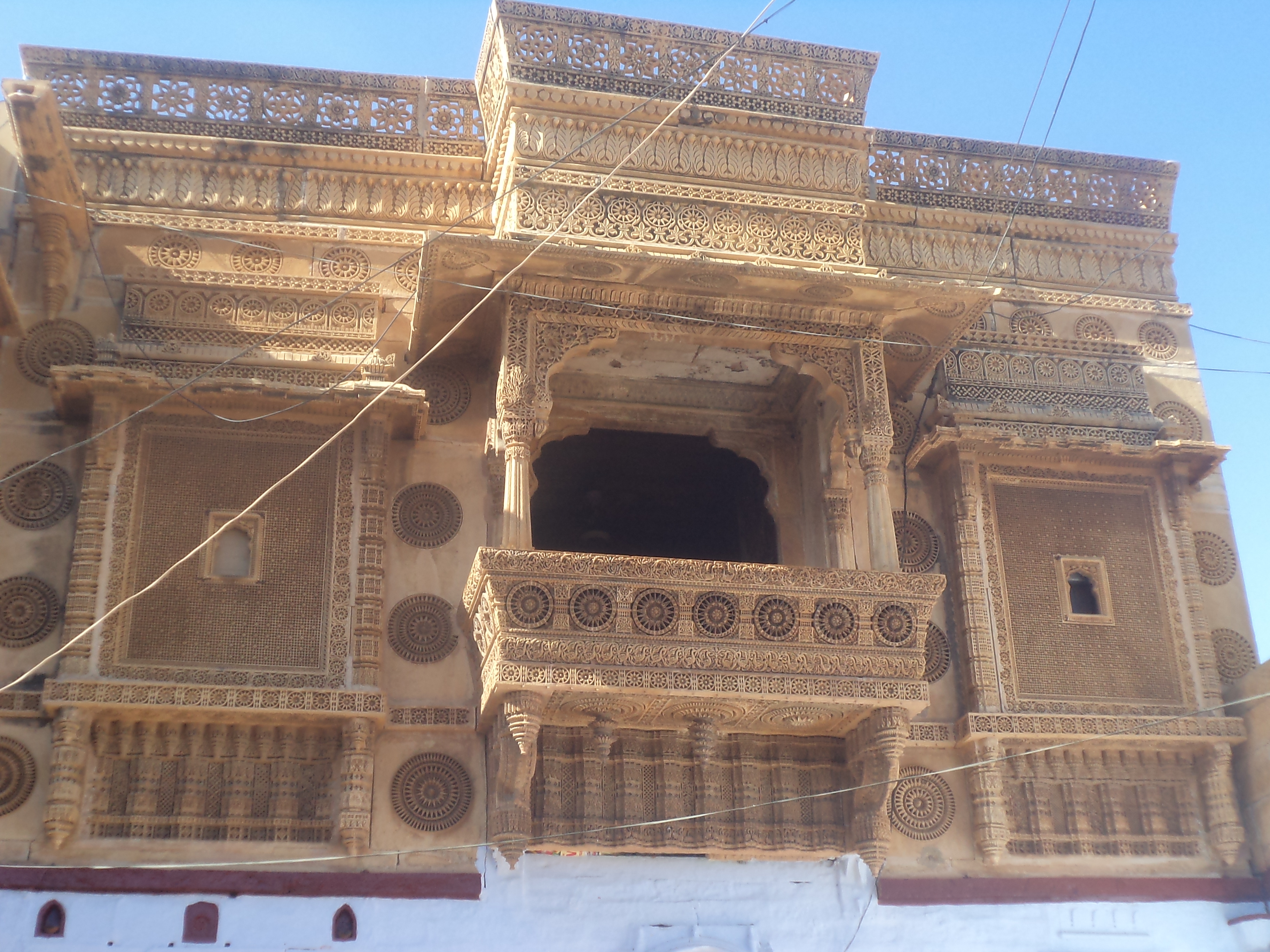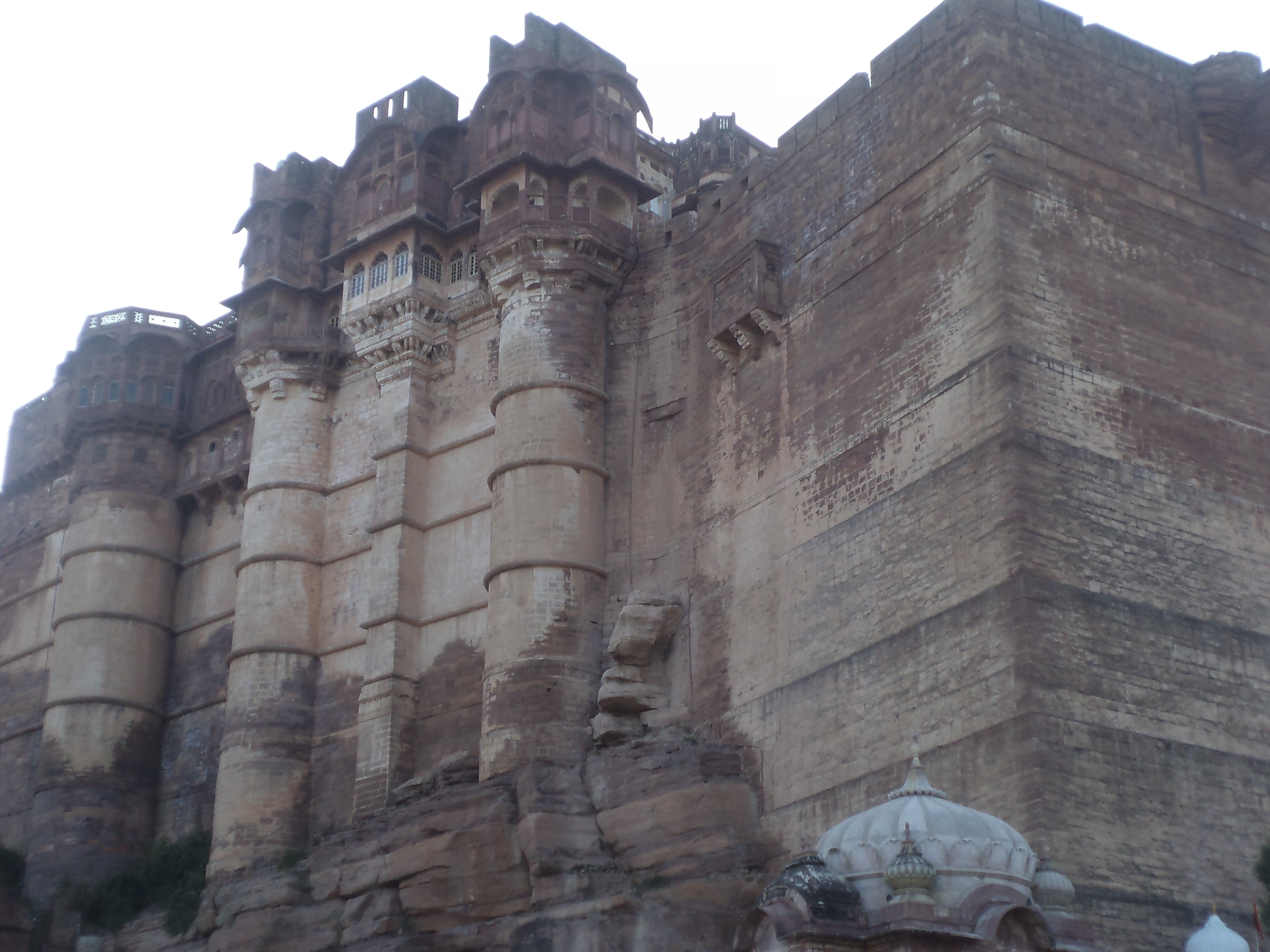
Jai Jawan, Jai Kisan – these words immediately conjure the name of Lal Bahadur Shastri – one of India’s greatest leaders and a noble soul who inspired the entire nation by this imaginative, bold and patriotic slogan. Pandit Nehru had passed away in May, 1964. There was one question on everyone’s lips – After Nehru who?
The country’s reins passed into the hands of this diminutive- little figure. Shastriji was short in height but really tall in stature. That was a time when the country was low in spirits and nursing the wounds of the demoralizing defeat at the hands of the Chinese. It was a time when the nation was suffering cruel food shortages. The situation was so bad the nation was dependent upon food aid – sub-standard wheat shipments were sent by the US with many strings attached.
Shastri’s initiatives later on spurred the Green Revolution in India. In fact he is the leader who said to have motivated Hindi film industry’s famous actor Manoj Kumar to produce the patriotic film “Upkar”. It is a film which motivates people of this land to be prepared to sacrifice anything for the love of our motherland.

Again it was Shastri who visited Anand in 1965 and announced the formation of the National Dairy Development Board. It happened to be the first national agricultural body set up and headquartered outside New Delhi.
In 1965 Pakistan thought of taking advantage of India’s military weakness and launched an invasion on the Western Sector. They probably could not visualize the inherent strength of this great simple looking leader. He gave them an iron fist. With full freedom given by Shastri, the Indian Armed Services pulverized the enemy and pushed to very gates of Lahore!
It was only extreme pressure applied by US and allies that forced Shastriji to enter into a ceasefire agreement in Tashkent, Uzbekistan. Shastriji’s untimely demise shocked the entire nation and deprived this country of a leader who would transformed the entire country, if he would have got just five years to lead our nation.

Let us all pay homage to the great soul.
Category: Uncategorized
Royal Rajasthan – The visit of a lifetime!
The very mention of Rajasthan immediate conjures thoughts of a royal land replete with Forts and Palaces. I have always wanted to visit Rajasthan. Accompanied by my wife and son, I finally visited this dream destination last week. A crisp tour itinerary enabled us to visit – Jaipur, Pushkar, Bikaner, Jaisalmer and Jodhpur. All this in seven eventful days! This blog is dedicated to the memorable week we spent in a colourful and vibrant state in the company of some really hospitable people.


Our first stop was the State Capital – Jaipur. Since this has much to offer we spent two full days exploring it. On the first day we visited the show piece – Amer Fort (which has been the sight of many film shootings). The sheer size and grandeur of the fort left us spell-bound. On our return we also saw the Jal Mahal – an old palace in the middle of a lake that was in use till recently. Our first day ended in style with a visit to The Albert hall – a palatial mansion which houses the Jaipur State Museum. Artefacts of a by-gone era gave us a insight of the life and times of the royals of those times.
The second day began with a visit to the City Palace – the royal family of Jaipur to this day occupies a part of it. The show piece was a “Buggy Khana” – a garage of more than a dozen royal chariots of all sizes and colors – there was a “Buggy” for every occasion.


We also saw two huge silver urns known as Gangajalis each weighing more than 345 Kgs – the largest silverware ever built. These were created for carrying Gangajal for the Maharaja bath during his visit to England in 1902! On this day, we also visited the famous Jantar Mantar – an astrological observatory and saw the Hawa Mahal – from where ladies used to watch ceremonial processions in the days gone by.


On the third morning we set off early on our Journey to Bikaner. En route we visited the Holy Temple town of Pushkar. This place boast of an incredible number of 1000 temples and is frequented by people from India and abroad. What makes it unique is that Pushkar has the world’s only temple dedicated to Lord Bramha (who is believed to be the creator of the world). We also visited the Meerabai Temple and Memorial (in the town of Merta) and paid our respects to the world famous Devi Karni Mata Temple in Deshnok (on the outskirts of Bikaner. Our driver brought us into Bikaner late in the evening; we had a sumptuous dinner and earned some much needed rest after an eventful day.




The following day was devoted to sight-seeing in Bikaner. The highlight most definitely was the Junagarh Fort – the royal family residence until 1903. Junagarh is arguably the best maintained Fort in Rajasthan. Among its many showpieces – we found a full size World War I era de-Havilland aircraft housed right in the main durbar hall. It was a gift by the British to Maharaja of Bikaner HH Ganga Singhji. While in Bikaner, we also visited the Lalgarh Palace – the present residence of the Royal Family (a large part of it is now a luxury hotel). Our journey to Jaisalmer began after a sumptuous Lunch at “Lalji” – a famous Bikaner eatery.




The fifth day – a Saturday; was spent in Jaisalmer, known to many as a living Museum. The star attraction of this town is the old “Sonar Quila” – an old fort built out of yellow sandstone which gives it a distinctly golden look (hence the name). Inside the Fort, there were many magnificent places to see include the Ganesh and Jain Temples. We also visited the famous “Havelis” (palatial mansions) outside the Fort. These used to be residences of rich merchants. A visit to Jaisalmer is incomplete without visiting the Sand Dunes. Seeing the setting sun on a camel quite an experience. We were kept company by a couple of folk artists who rendered delightful Rajasthani Folk Songs.


Our final destination – was Jodhpur – the capital city of the erstwhile princely state of Marwar. We arrived in the afternoon on Day Six and straight away visited the magnificent and awesome Mehrangarh Fort. The guide told us that this was the only fort in Rajasthan that was never captured by force – quite simply it was too difficult for anyone to conquer. We spent the evening shopping in the bustling bazaars of Ghanta Ghar (Clock Tower)


Next morning we visited the Umed Bhawan Palace – (the royal family’s present residence). Our trip concluded with a visit to the Jaswant Thada – a memorial dedicated to Maharaja Jaswant Singh of Jodhpur. This trip has left with many pleasant memories which we shall cherish for a life time.

I sign off this blog with a wish that you too get an opportunity to visit this wonderful land. Thanks for reading.
Sant Gadge baba ‘Swachata abhiyan’
Gadge maharaj or gadge baba was a saintly social reformer. His vision for the villages continues to be a source of inspiration for many political parties. He was born on February 23, 1876. Tomorrow i.e. December 20th happens to be his ‘barsi’. He died on this day in 1956.
What was unique with this saintly reformer? He motivated people to stop animal sacrifice as a part of religious rituals. He campaigned against alcohol and drug abuse. However, the most important facet of his reforms was his ‘swachta abhiyan’. He would travel from village to village and encourage them to maintain cleanliness. His influential ways won him a large following.
What is more important is that he inspired villagers to follow “do it yourself mode”. In this, the villagers would not look for outside help- financial or otherwise. They would collect the resources and keep the village clean themselves.
The Government of India has announced National award for sanitation and water in his honour. The abhiyan or campaign does not offer any funds. However, it offers very attractive prizes to the villages who achieve first three ranks. Dressed in attire which invoked attention, Baba carried a broom in his hands. So did his followers. On arrival in any village, he would lead his followers to start cleaning the street briskly. The villagers would do the same enthusiastically. Famously, he would repeat the following words:
“Give food to the hungry, shelter to the needy, clothes to the naked, protection to animal and trees, aid for girls’ marriages. Further, he would say ‘live clean and simple, stop intoxicants and care for the environment’. With these simple words he was able to create large number of admirers. It is heartening to note that 33,000 out of the total of 42,000 villages in Maharashtra have stepped forward to participate in the Gadge Maharaj Swachta Abhiyan. There are good prizes to be won by the villages. Three cash prizes in each district – Rs.5 lakhs , Rs. 3 lakhs and Rs. 2 lakhs. Besides, the best village in the entire state gets a prize of Rs. 25 lakhs. The second gets Rs 15lakhs and the 3rd – Rs 10 lakhs from the chief minister on Maharashtra State on the 1st of May. The villagers can spend the prize money on a project of their choice which benefits the entire village.
The procedure for judging the villages is also very interesting. There are checks and balances in the selection and judging process. In fact, the Criteria for assessment of villages is so elaborate that the judges have to consider as many as 85 criteria.
In fact, it is a lesson for us in the metros and large cities. If residents of cities adopt same ‘do it yourself’ mode our cities would be far more clean.
Thank you for reading.
Duty First!
Chapter 3 of the Bhagwad Gita is about ‘Karamyoga.’
The Discourse deals with the importance of keeping oneself engaged in an activity related to one’s duty. If further explains that no one can ever remain idle. You may not engaged in physical activity, but you can never make your mind stand still. The mind will always be engaged in some kind of activity even when you are sleeping. You may not be aware of this. But the mind never sleeps. Through out this chapter, in fact throughout the great wisdom book, it is emphasized that everyone must keep on performing their duty.
The western thoughts lay a lot of stress in the process of visualization. Some people may call it dreaming in the day. The best selling book ‘The Secret’ by Rhonda Byrne particularly stresses that you can achieve anything in life, if you repeatedly visualize the achievement. There lies the rub. You may be confused what is better? Which school of thought is more suitable? In fact, when Rhonda or any other thinker talks about visualization, they are not recommending to enjoy the pleasures of achievement mentally. And that is what Bhagwad Gita prohibits human beings – not to enjoy achievements mentally. The emphasis is on work. Likewise, western thinkers also lay emphasis on work. The repeated visualization is suggested only to reinforce your determination. Once you are determined to succeed, there is no stopping. You may have problems on the way, but you are bound to reach your goals sooner or later.
Napoleon Hill, author of the famous book, ‘Think and Grow Rich’, says, “The human mind can believe, The human mind can achieve.” Further he asks, “what do we mean by belief? Wishing won’t making it so….” A wish is not a belief.
Another great achiever, Steeve Jobs has been laying emphasis on implementing the ideas. According to him, thinking out-of-the-box is necessary, but putting it into practice is extremely important. About him it was said “he works from the gut and intuitively”.
More recently, Steven Covey, author of the famous book, “Seven Habits of Highly Effective People”, advises everyone to be proactive. According to him, being proactive is the first habit which anyone who wants to progress should inculcate. He starts his chapter in this context with a beautiful quotation from Henry David Thoreau which reads as,
“I know of know more encouraging fact than the unquestionable ability of man to elevate his life by conscious Endeavour.
To me it appears that all these great achievers were inspired by the above referred chapter of the Bhagwad Gita. In this regard, I had also written a poem called duty first which I am repeating below:
Duty First:
Row the boat of ‘duty’
Sail safely across the sea.
Search through your mind
What your duty can be.
Never is there a situation
Nor any circumstance
That could ever affect your intention
Of duty; you want to perform.
Hindrances, hurdles even hurricane
May hurt or shake your resolve.
With devotion to your duty;
Greater courage will evolve.
Duty first, always in mind
Greater joy; you will never find.
Thanks for reading!
www.nimblefoundation.org
Hare and The Tortoise – New and Improved!
The Hare and The Tortoise
Long ago when I was young and in school, I read a story, of the Hare and the Tortoise. They ran a race.

We all know that the Hare rightly thought that the he was fast. But he was wrong in thinking that he could take his victory for granted. He fell asleep during the race. The Tortoise overtook him and won.

Later on, the Management Gurus made some additions to the story.
Having lost the race, the Hare does some contemplation. He is unhappy that in spite of the fact that he is a fast runner, because of his casual behavior he lost the race. Now he decided that true to his speed, he must win the race and gain back the lost self-esteem.
So he went to the Tortoise. He said “Lets have another race”. The Tortoise agreed. And they had another race. This time the Hare, did not take it casually. He did not sleep on the way and won the race by a handsome margin.
The Tortoise was sad. At the same time he felt that since his speed is slow, it was just natural that the Hare won the race. But he decided that he must find a way to win back his lost glory. He applied his mind and thought of a plan. After clarifying the plan in mind he went to the Hare and invited him for another race.

The Hare readily agreed. He knew that he would never commit the mistake done in the first race. But then the Tortoise said that this time I will decide the route. The Hare agreed. The route was planned in such a fashion that there were two-three ponds on the way. When the race began, the Tortoise slowly ran on the land but easily swam through the ponds. On the other hand, the hare had to run around the ponds and lost a lot of time for covering the distance. The result was that the Tortoise won the race this time. He was happy that with his clever plan he could win the race from the Hare who was obviously faster and smarter than him. He credited himself that it was the victory of his wisdom.
The Hare was very upset for some time. But then he thought, why not make friends with the Tortoise. He had some qualities and abilities, while the Tortoise had some others. If pooled together both could become a great force. So he went to the Tortoise, and suggested to him that they would one again follow the same route; but that occasion they would not race each other. He said, “We will try to cover the distance, in the shortest possible time”. The Tortoise thought for some time, brooded over, and asked the Hare to explain what he intended to do.

The Hare said I am smart and fast. You are slow, but wise. Let us pool our speed and wisdom. Let us try to cover the distance in the shortest possible time. So they ran again – this time together. At first the Hare carried Tortoise on his back, but when they came to the pond, it was the Tortoise who swam across, carrying the Hare on his back. In this manner they were actually make it to the finishing line, much sooner than before.

The moral of this story is that if we work together, we win together!
Thanks for reading my blog: Please Visit: www.nimblefoundation.org
Who drives your Life?
You might say that the subject is a misnomer. Since it is your life, you only drive it. However, it is not always so. You continue to do certain things by force of your habit. And your habits are formed over a long period of time. Now, consider these questions. Do you always do what you want to? Even when you have possibility to choose, do you always make a choice as per your liking? If not. Why not?
Most of us take decisions because of our considerations towards various other people. A husband may not like to do something, may not like to go to expensive places for eating out, may not like to spend too much money on fashionable clothes, and yet he does so because his wife likes these things. So, in this case, wife is the driver of husband’s life.
Conversely a wife may not like to do certain things but she has to because of the wishes of her husband. This is so in most of the house-holds in Indian villages and is also true among many families in urban India.
Let’s take another example. Anyone working in an office has to perform his/her duty. It is understandable. But how often he finds that the senior dictates the way in which a particular task has to be performed by the junior. People who are not assertive tend to follow others thinking that they are destined to do so. In these cases also, they are not themselves driving their life. Some other people do.
Let’s, now take an example of a different kind. An individual have a passion for making money. He doesn’t want to do anything where there is no possibility of profit in terms of money. Here greed is the driver of his/her life. Many a lives are ruined because of greed. At times, people may realize that it is not right. And yet, all their actions are driven by the unstoppable force of greed. Obviously, here greed is the driver.
Obsession with religion could be yet another strong force in a person’s life. There is no doubt that religion plays an important role in keeping the individual on the right track, socially and spiritually, yet an obsession with religion may create an un-called for problems in his/her domestic life.
The worst situation is when the person is obsessed with the pursuit of pleasure. Pleasure is not happiness. Its definition could be different for different people. But pleasure seekers mostly end up in achieving nothing. All bad habits take charge of the person only when pleasure seeking becomes a form of mania.
It’s a worthy exercise to stop and think who the driver of your life is, contemplate on significance of life and take full control of your own life for achieving your goals.
I invite you to add comments on the views expressed.
Thanking you for reading.
Visit www.nimblefoundation.org
The Great Sufi Singer Reshma
Reshma was born in Bikaner, India in 1947. Later her family shifted to Pakistan. She belonged to a #Gypsy family. They keep on moving from one place to another doing odd jobs and entertaining themselves with folk music and dance.
Reshma was spotted for her talent by Pakistani Television producer when she was 12 years old. He organized her appearance from television and performance from Radio. Instantly she became very popular.
As most Folks singers are, the forte of Reshma lies in her depth of her voice. Unlike others she was very articulate listening to her songs one can really discover the spirituality of the #Sufi singers.
One of her songs was used by RajKapoor “Ankhyon ko rehne de ankhyon ke aas pass” she became so popular in India that she was invited to perform in Mumbai. Her perform one accolades her real popularity in India viewed with the song “Lambi Judai” which the famous filmmaker Subhas Ghai made her sing for his film Hero.
[youtube=http://www.youtube.com/watch?v=ThnEHtK64QQ&w=560&h=315]
“Dama Damm Mast kalandar” was also sang by Bangladesi singer Runa Laila , while there is big difference while Runa laila’s interpretation also became very popular but it did not have any tings of Sufi singing. So when Reshma sings the same song it gives a totally different experience.
[youtube=http://www.youtube.com/watch?v=bRiWxoTuNbo&w=560&h=315]
Thank you.
Visit www.nimblefoundation.org
Great loss to the lovers of soulful music
During the past few days two great singers of this sub-continent have passed away. Manna Dey the great Indian singer passed away in Banglore and great sufi singer Reshma who was born in India too passed away in Pakistan.
A humble tribute to Manna Dey
Manna Dey, who had a very long stint of singing film songs and non film songs was perhaps the most versatile singer of the Indian film industry. Listening to his songs, I feel that the recognition and respect due to him was not aptly granted. Among the modern Indian singers Manna Dey’s was second only to Mohammad Raffi. But he was not given as many songs as some of his contemporary singers.
When Manna Dey came to sing his first song – ‘Upar Gagan Vishal’, he was only 18 years old. The producer of the movie asked the music director how can this young lad sing a song so replete with lofty meaning. The music director was confident of Manna’s ability and convinced the producer. The song became one of the greatest hit of that time.
[youtube http://www.youtube.com/watch?v=j1t8arGCtPI]
Both myself and my wife have been ardent fans of Manna Dey. A couple of years ago, we came across an ad. in the newspaper about the performance of Manna Dey’s songs. The adv was not very clear about the performance whether Manna Dey himself will sing his songs or some other singer. Yet we had gone to the concert. It was good but the singers were no match. However, a few days later, a big adv appeared that Manna Dey himself will perform. How could we miss the opportunity. I must say it was one of the greatest performances I had ever attended. More than ninety years old singer sang with great gusto and enthusiasm continuously for three hours. It was amazing. The hall was packed and Manna Dey received a standing ovation. Audience clapped and clapped for a very long time. Probably this was his last live performance.
I have selected five of his great numbers from the youtube. It will be a befitting tribute to a great singer if you all view these videos and listen to the soulful music of Manna Dey who is no more.
Laaga chunari mein daag…
[youtube=http://www.youtube.com/watch?v=rF2gPuXP4UI&w=420&h=315]
Aye meri zohra jabeen...
[youtube=http://www.youtube.com/watch?v=Zm7vxgjrRAU&w=420&h=315]
Na to karvan ki talash hai…
[youtube=http://www.youtube.com/watch?v=996FZokJ2jI&w=420&h=315]
Pyar hua ikrar hua…
[youtube=http://www.youtube.com/watch?v=oXLzfldeDcM&w=420&h=315]
Aye mere pyare watan…
[youtube=http://www.youtube.com/watch?v=h_NfdFfdKn4&w=420&h=315]
Aye bhai zara dekh ke chalo…
[youtube=http://www.youtube.com/watch?v=C_dI4mXlxNg&w=420&h=315]
In my next post I will talk about Reshma.
Thank you.
Problem Solving Ability
There are many qualities that a Manager in today’s competitive environment must have. But the most important quality of Leadership that he / she must possess is problem solving ability. The leader must never practice “shoot the messenger of bad news”. Unfortunately many do. For a true leader anyone who brings a problem should be a ‘welcome guest’.
Problems abound in any organization. These may be small one or big ones. Simple to solve with a little attention or gigantic which may scare anyone. The biggest difficulty happens to be the wish to put the problem under the carpet so that it is not visible. This emerges out of fear – that I may be blamed. But like any other evil, the small problems may sooner or later become massive in size. At that time solutions become critical. Maybe for the very existence.
So the manager must identify precisely the nature of the problem and define it as clearly as possible. Remain calm. Maintain poise. And take all the necessary action to solve it. What are the qualities necessary for honing this essential skill? Not one, but many! These are listed below:
- A near perfect Management Information System: Near perfect because perfection is never achieved. Only nature is perfect.
- A passionate belief in the purpose. Unless you do your best in solving problems with a strong passion you cannot master this unique but essential skill.
- Solving a problem is a process which requires patient application of mind. You enjoy applying mind and people around you will also do the same. If excellence is your goal, there could be no easier method to follow it.
- Dogged persistence: Persistence is the core quality that you must develop. You must understand that if any problem has to be solved, you need to pursue the action towards resolving the same with nothing less than a dogged persistence. Never ever give up!
- Openness to learn: One must be open towards learning throughout one’s life. In fact, no one ever knows enough. There is always a lot to learn from your own experience and that of others, from books or from any other source.
- Look at your problem from different angles. Just as a photographer tries to portray the object from different angles, bringing out the life in the subject; likewise when you view the problem from different angles you will be able to chart out alternative solutions.
- The next step is to identify the most suitable solution to the problem.
A Manager can perfect the essential skill of problem solving by developing the above qualities with day to day practice.
Loyalty

Mark Twain was a unique American writer. One cannot find another writer who could laugh at the stark realities of life and who could succinctly identify the irony so very dominant in our lives.
He once said, “If you pick up a starving dog and make him prosperous he will not bite you. This is the principal difference between a dog and a man. ”
It is ironic that the man who has evolved so much, who is civilized and educated over the centuries when compared to a dog miserably falls short of the quality of loyalty, which is so clearly visible in the pet animal.
But, in the fast changing world concepts change. The big question is that for leading a happy, progressive life which are the principles that transcend the limits of time and space. What are the principles that we must stick to even today? What are the principles that need to be discarded or modified?
Thus, our story of the dog and the man brings us to the core question about ‘loyalty’ and its importance today. I seek your participation to review the virtue of ‘loyalty’ in the present environment.
Choose one of the four:
- Loyalty to country
- Loyalty to the organization you look for
- Loyalty to the spouse
- None at all
Please take a few moments to participate in our poll on our face book page http://facebook.com/nimblefoundation1











